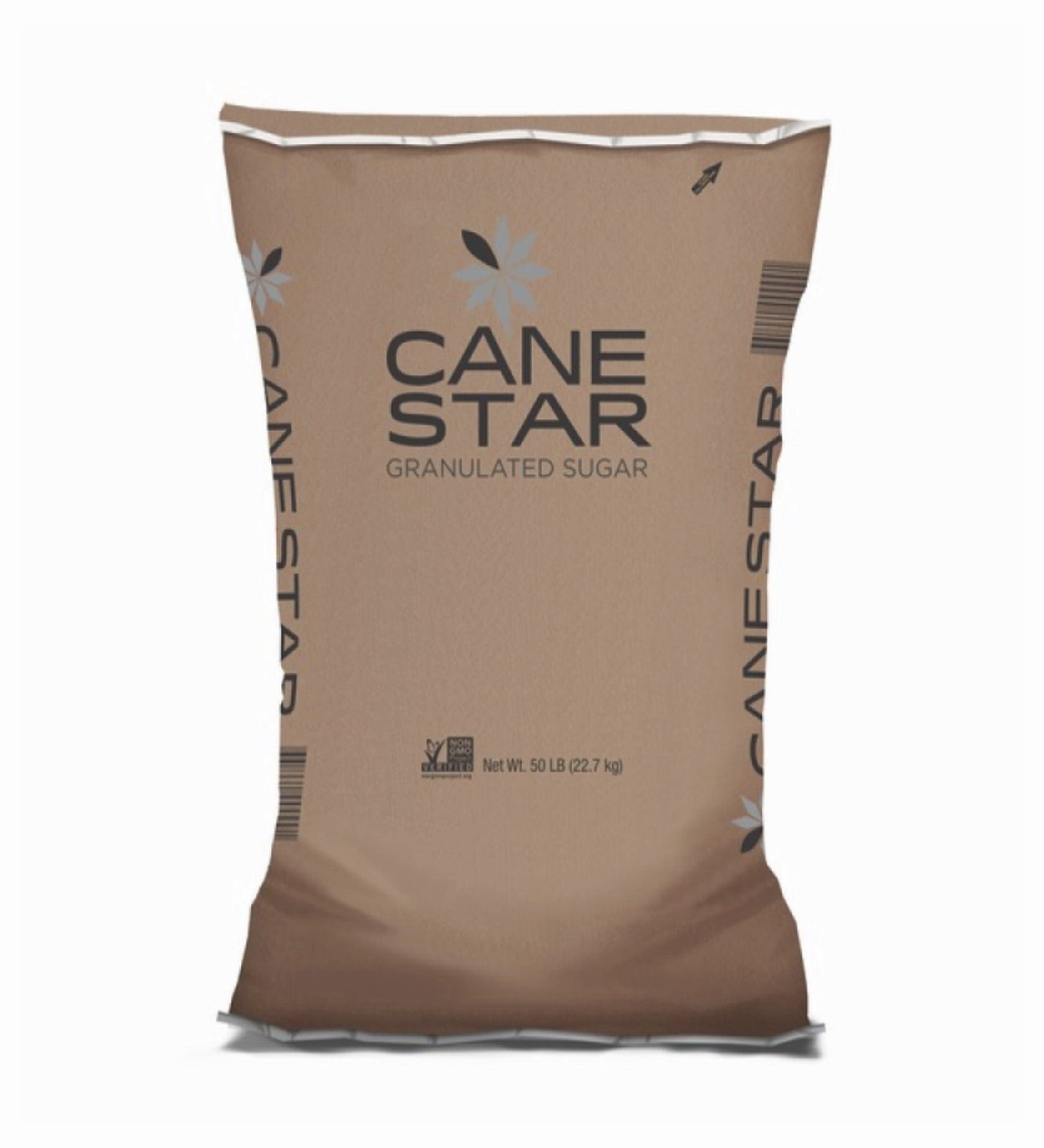Cane Sugar Processing: Secret Technologies for Superior Sugar Production
Cane Sugar Processing: Secret Technologies for Superior Sugar Production
Blog Article
A Thorough Guide to the Ecological Impact and Sustainability Practices in Walking Cane Sugar Processing
The ecological effect of cane sugar handling offers an intricate range of challenges that warrant cautious examination. From soil degradation and extreme water use to the carbon impact connected with farming and manufacturing, the consequences of conventional techniques are significant. In comparison, the adoption of innovative sustainability procedures uses a path toward a lot more liable manufacturing methods. Comprehending the interaction in between these issues is vital for stakeholders in the sector. What specific practices can be carried out to strike an equilibrium in between productivity and environmental stewardship? The answers depend on a better check out both the obstacles and prospective solutions.
Overview of Walking Cane Sugar Handling
Cane sugar processing entails a collection of organized steps that transform sugarcane into polished sugar. At first, collected sugarcane is transported to refining centers, where it goes through cleansing to remove dirt and debris. Following this, the walking stick is squashed to extract juice, which is after that cleared up by getting rid of pollutants via heating and the enhancement of lime.
The cleared up juice undertakes evaporation, where water is gotten rid of to concentrate the sugar web content. This focused syrup is after that taken shape through air conditioning, permitting sugar crystals to form. These crystals are separated from the continuing to be syrup using centrifugation, leading to raw sugar. To accomplish polished sugar, the raw product goes through more filtration processes, which may include filtering and washing to get rid of continuing to be impurities and color.
The final item is then dried and packaged for circulation. Throughout this whole procedure, maintaining efficiency and top quality control is essential to ensure the sugar satisfies sector requirements. Each action in cane sugar processing not just adds to the end product yet also has effects for resource usage and waste generation, establishing the phase for conversations on sustainability and ecological influences connected with sugar production.
Ecological Challenges of Production
The manufacturing of cane sugar provides several significant environmental obstacles that warrant attention. One key worry is the considerable usage of agrochemicals, including fertilizers and pesticides, which can bring about dirt destruction, biodiversity loss, and contamination of neighborhood water resources. The overflow from sugarcane fields commonly lugs these chemicals right into neighboring ecosystems, disrupting aquatic life and affecting the wellness of areas reliant on these water bodies.
An additional obstacle is the high energy consumption related to sugarcane processing. The boiling and refining stages require significant warmth, largely created by shedding nonrenewable fuel sources, contributing to greenhouse gas exhausts. In addition, the large acreage needed for sugarcane farming can cause logging and habitat destruction, more worsening environment modification and harmful wildlife.
In addition, the labor methods in some regions increase ethical worries, as workers might face bad working problems and insufficient incomes. This circumstance frequently bolsters a cycle of hardship in neighborhood neighborhoods. Cane Sugar Processing. Addressing these ecological challenges is crucial for creating a lot more sustainable techniques in walking stick sugar production, ultimately profiting both the atmosphere and the neighborhoods associated with this market
Water and Land Use Impact
Water sources and land usage are vital elements in the cane sugar sector that considerably impact the atmosphere. The cultivation of sugarcane calls for considerable water input, with quotes suggesting that it can consume approximately 2,000 litres of water per More Info kilo of sugar generated. This intensive use of water commonly brings about depletion of local water resources, impacting not just the sugarcane haciendas but also bordering ecological communities and communities that depend on the exact same water sources for agriculture and residential usage.

In addition, land use for sugarcane cultivation can lead to logging and the conversion of natural environments into monoculture haciendas. This method reduces biodiversity, disrupts neighborhood communities, and adds to soil destruction. The development of sugarcane areas usually encroaches on useful agricultural land, creating competition for sources between food and biofuel manufacturing.
Sustainable methods, such as optimizing watering techniques and carrying out plant turning, are important to reduce these influences. By embracing more effective water use and land administration techniques, the walking cane sugar industry can minimize its ecological impact, guaranteeing my latest blog post an equilibrium in between agricultural productivity and environmental conservation.
Greenhouse Gas Emissions
Greenhouse gas discharges stand for a substantial environmental problem within the cane sugar handling sector, especially as farming techniques expand to fulfill global need. The farming of sugarcane, a crop that prospers in tropical climates, depends greatly on synthetic fertilizers and pesticides, which add to laughing gas emissions. Furthermore, land-use adjustments, including deforestation for new sugarcane vineyards, release carbon dioxide saved in plant life and soil.
During processing, power intake is an additional significant source of greenhouse gas exhausts - Cane Sugar Processing. Several sugar mills make use of nonrenewable fuel sources to power equipment and create warmth, causing substantial carbon footprints. Additionally, the transportation of raw sugarcane and finished items adds layers of exhausts with fuel burning in cars
This includes reviewing current agricultural methods, refining methods, and transportation systems to determine locations for improvement and mitigation. Dealing with greenhouse gas discharges is essential for fostering a much more lasting walking cane sugar industry in a changing climate.

Sustainable Practices and Innovations
Lasting practices and innovations are increasingly crucial in the cane sugar processing market as stakeholders seek to decrease ecological impacts while keeping efficiency. One considerable advancement is the implementation of incorporated crop monitoring, which optimizes source use by integrating dirt management, bug control, and crop rotation strategies. This method boosts yield while lessening chemical inputs and maintaining soil wellness.
Additionally, the fostering of renewable power resources, such as biomass from sugarcane residues, has actually gained traction - Cane Sugar Processing. By transforming waste products into power, processing centers can decrease their dependence on nonrenewable Resources fuel sources, consequently lowering greenhouse gas discharges
Water administration techniques have likewise seen improvements with the recycling and reusing of water in handling plants, considerably lowering freshwater consumption. Advancements in technology, such as precision farming, enable farmers to keep track of plant wellness and resource usage a lot more properly, guaranteeing sustainable growing methods.
Moreover, qualification programs like Fair Profession and Rainforest Alliance encourage ecologically accountable farming methods and advertise social equity within the supply chain. By accepting these lasting methods and advancements, the walking stick sugar handling market can boost its strength and add favorably to ecological stewardship.
Conclusion
The ecological impact of cane sugar processing offers substantial obstacles, consisting of soil degradation, high water usage, and greenhouse gas discharges, together with ethical concerns connected to labor techniques. Dealing with these problems through lasting methods, such as integrated crop monitoring, renewable resource adoption, and water recycling, is essential. By advertising ecologically accountable and socially equitable methods in sugar manufacturing, the market can reduce its adverse results, guaranteeing a more lasting future for both ecosystems and areas entailed in this market.
Cane sugar handling includes a series of organized steps that transform sugarcane right into refined sugar. Each action in cane sugar handling not only contributes to the last product yet likewise has effects for source usage and waste generation, establishing the phase for discussions on sustainability and ecological effects linked with sugar manufacturing.
Greenhouse gas emissions represent a substantial environmental concern within the walking stick sugar handling industry, specifically as agricultural methods increase to satisfy global need.Sustainable methods and technologies are significantly important in the walking stick sugar handling industry as stakeholders look for to lower environmental effects while maintaining efficiency.The environmental effect of walking cane sugar handling offers significant difficulties, including soil degradation, high water usage, and greenhouse gas emissions, together with ethical issues related to labor methods.
Report this page